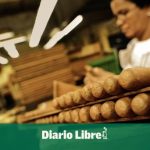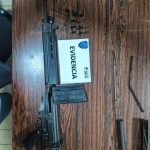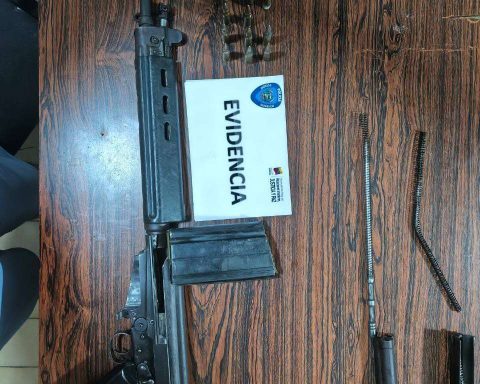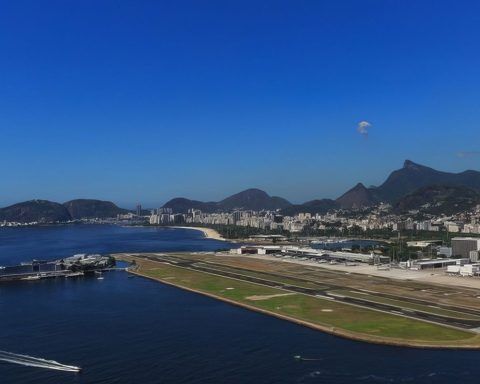The Ministry of Economy formalized on Monday the creation of the Compensation Program for Small and Medium Soybean and Corn Producers that did not enter the Export Increase Program, and which will allocate $15,000 million for subsidize with up to $6,500 per hectare for soybeans declared and up to $20,000 for corn.
It did so through resolution 862/2022 published in the Official Gazette, which specified in its recitals that the purpose of the program is to compensate “a segment of small and medium producers” who could not access the benefits of the Program of Exporter Increase that in September instituted the so-called “soybean dollar”for having marketed their production prior to its implementation.
The compensation had been announced last Saturday by the Minister of Economy, Sergio Massawho said that with it “we are fulfilling the commitment that the fund raised by the soybean export promotion program returns to the agricultural sector to generate an increase in our production and exports for next year, but also to protect and benefit sectors that could not participate in the program because they are the smallest producers and the first to sell”.
Previously, Massa had announced at the end of September that the program would consist of financing farmers who had not participated in the Export Increase Program, then in force, and who have marketed up to 85% of their corn or soybean holdings, with the objective of “increasing planting by more than 300,000 hectares for next year” that would guarantee “sustaining the levels in terms of volume that Argentina can export in 2023”.

The program was based on the “interest of the National State” to “accompany the development and improvement of the conditions of small and medium agricultural producers.”
For the purpose of “stimulate the production, development and strengthening of small and medium producers and regional economies”, highlighted the resolution.
In the third article of the standard it is specified that “The benefit to be received by each producer will be up to $6,500 per hectare of declared soybeans and $20,000 per hectare of declared corn,” with a ceiling for the entire program of up to $15,000 million.
The amount of the benefits will be made during the course of December, by bank transfer to the declared Uniform Banking Codes (CBU), the resolution clarified in article 8.
To access the program, producers must be registered in the Simplified Agricultural Information System (SISA) and have declared up to and including September 30, for the 2021/2022 season, an area for soybean cultivation of up to 400 hectares or one for to corn cultivation of up to 100 hectares.
Once the established period has elapsed, the Ministry of Agriculture will provide the Federal Administration of Public Revenues (AFIP) with the list of applicant producers, and the latter will provide the list and information corresponding to each one of those who meet the established requirements.
Likewise, these producers did not have to have made soybean sales between September 5 and 30, 2022 or have soybean stocks as of September 30, inclusive, externalized in “Productive Information I” of the SISA.


















